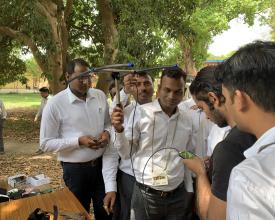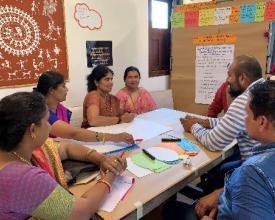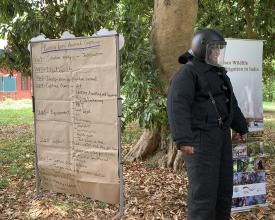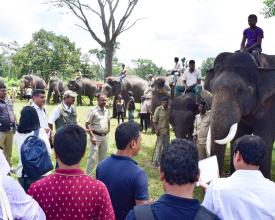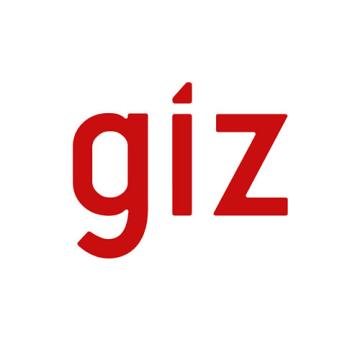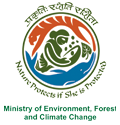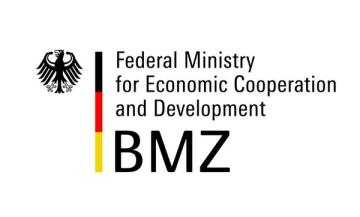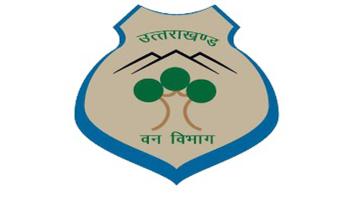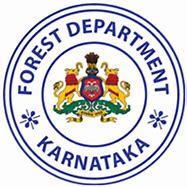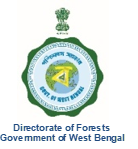
Integrating One Health approach into human-wildlife conflict mitigation measures in India
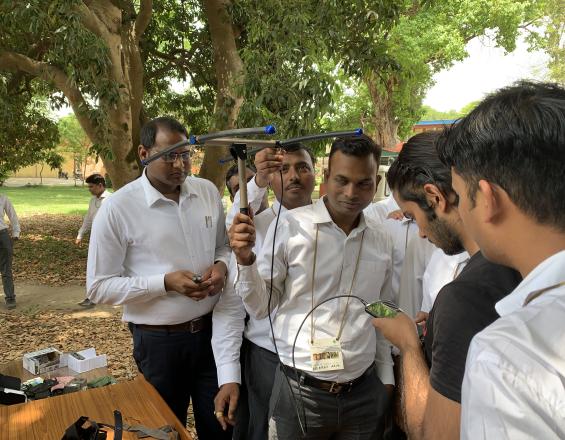
In India, despite an ever-increasing interface between animals and humans resulting in human-wildlife conflict (HWC) and risks of zoonotic diseases, measures to address the health of animals and humans are implemented by wildlife, veterinary and public health sector institutions through separate channels, which is inhibiting operationalization of One Health approach. The much needed mechanism for such coordination has been developed and operationalised, embedded in an overarching capacity development plan, by the Indo-German Cooperation Project on HWC Mitigation in India. The project has successfully integrated One Health into the national HWC mitigation plan and guidelines, established a system of collaborative training courses, with forest, veterinary, agriculture and public health sector institutions and experts, which has resulted in a joint training curriculum and has strengthened specialised rapid response teams at field-level.
Context
Challenges addressed
Location
Impacts
By facilitating integration of One Health in the National Human-Wildlife Conflict Mitigation Strategy and Action Plan (HWC-NAP) (2021-26) of India and 14 Guidelines (yet to be released), project has provided the required anchoring structure for cross-sector cooperation for One Health.
One Health trainings and trainer development programme, developed under collaborative partnership between forest, agriculture, animal husbandry, public health and media sector training institutions, benefit more than 25 training institutions, in integrating One Health into their core curriculum.
More than 140 personnel in 27 Rapid Response Teams (RRTs) have been equipped and trained on occupational health and safety measures, and humane and safe methods of rescue, capture and translocation of animals-in-conflict. More than 300 members from 73 community-based primary response teams (PRTs) have been trained on human-wildlife interaction, and health and safety measures for humans. 23 elephants and 10 leopards, active in human-dominated landscapes, have been radio-collared and being tracked and monitored for their health and well-being. This is also helping in averting situations of HWC, which benefits about 64 villages with a population more than 100,000 in reducing their vulnerability to zoonotic diseases.

